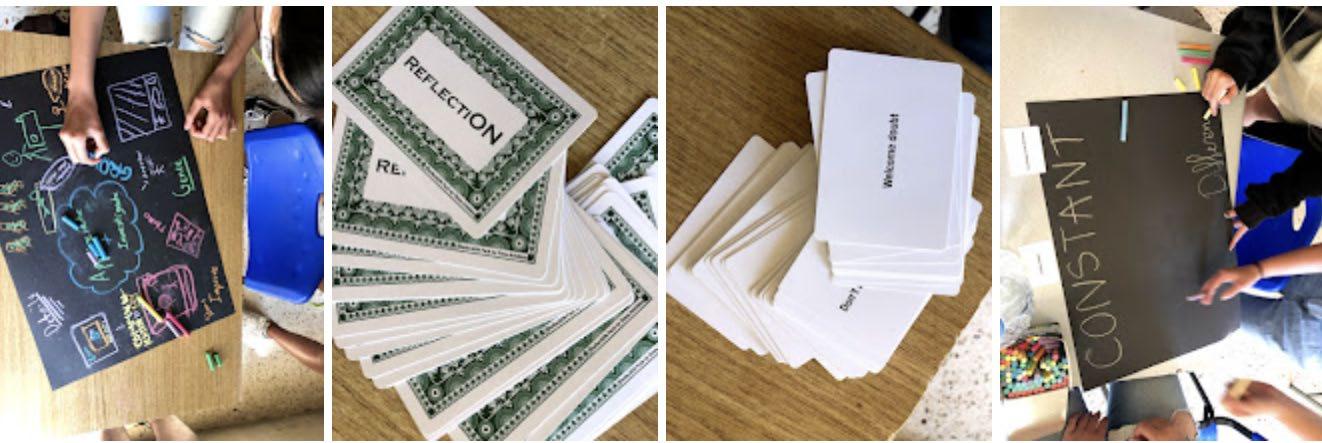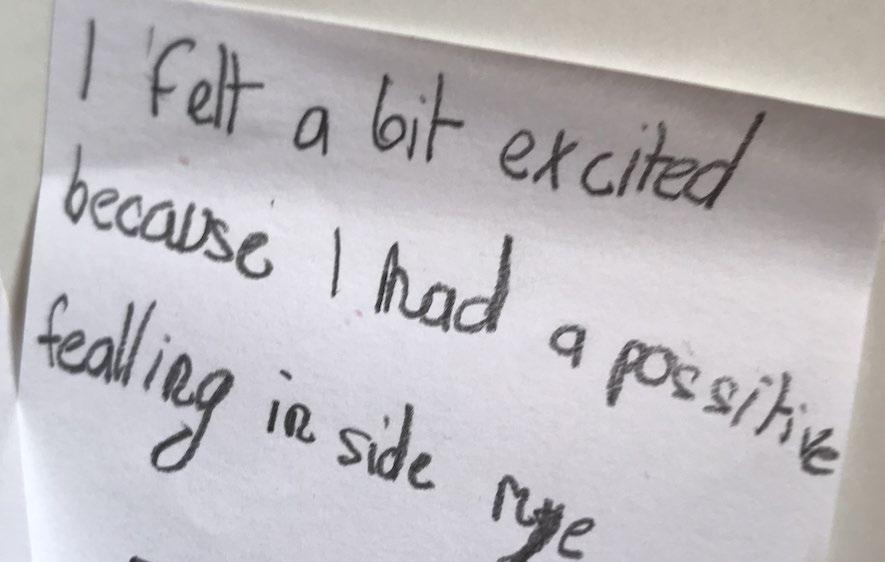
3 minute read
This is our story...
By Daphne Said
REFLECTION …isn’t it just for DP Theatre students?!
Advertisement
Of course we, as artists and educators, all know why we carry out a specific warm-up, why we lead an ensemble through a series of exercises to guide them into the discovery phase and at the end of class or a workshop we undoubtedly find that moment of silence. We look back and question why certain moments were special, why some seemed rather flat and we take some ‘notes to self’ on how we would run it differently next time. At this point we also make some interesting discoveries about the group we are working with… Basically we constantly reflect about our work and we do this because we are perpetual learners with a desire to grow, improve and discover new ways of approaching a task.
But why do some or most of our students find it difficult, especially at the start of the year to apply this technique? They look at us with incredulous faces when we ask them excitedly, to write their thoughts in their journal, to reflect about this exercise, to highlight their discoveries. Every year I used to start with small tasks with my DP 1 theatre class to guide them in their reflections and every year I faced a brick wall that tended to dampen the energy rather than, as I envisaged, spark further explorations and ignite small flames that developed into creative work.
So, as a department we decided to put our heads together and start this process earlier! It was being done but in a haphazard way and there were gaps that we needed to address. This is our story: One that we are still developing and fine-tuning but a story that is already leaving a positive impact on our students.
In elementary, as early as PK1, Martina, our highly energetic and creative Drama teacher took on this challenge and implemented a moment of reflection in all her classes! In the earlier years the focus is about how the task ‘Makes You Feel’ and she finds different ways for the students to communicate that. Using the emoji stick or colouring sheet or images they are already familiar with gives them the confidence to get involved. They have the opportunity to pass a comment verbally or in written form, thus playing between the impulsive reaction after a task and the more thoughtful one that comes with writing. A technique that is being used all the way from Grade 2 to Grade 8 is creating one guiding question for the students to answer at the end of the class.
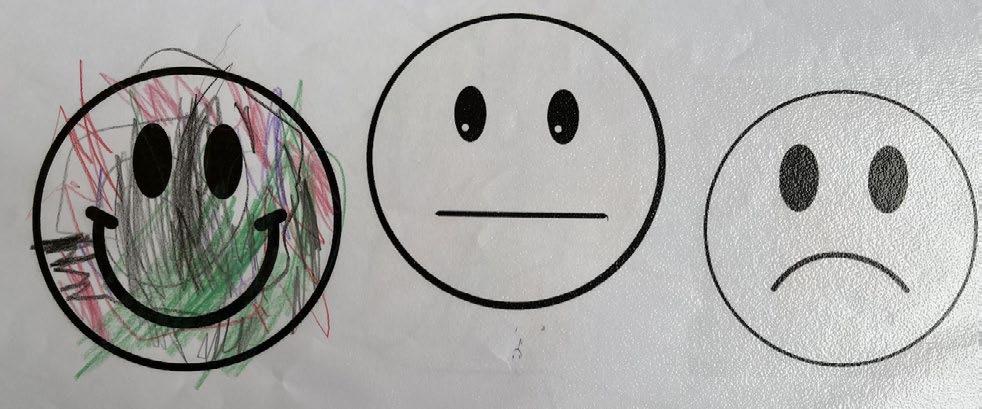
With the older grades, our secondary drama teacher, Sara, also introduced statements for them to react to and this has been a great way to prepare them for the high school drama classes. It has encouraged students to respond to stimuli and share their responses and in the process make new connections within the class.
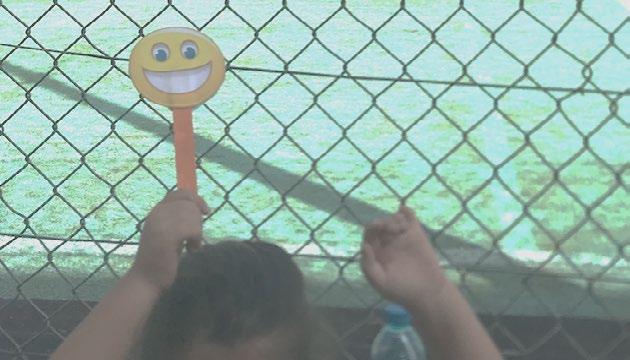
Overall this has been an effective way of getting the class to stop and think about what they have worked on. The trick for this to succeed was consistency. As the year progressed the responses became deeper and more varied and the students also gained the confidence to share their thoughts and leave their post-it for all to see!
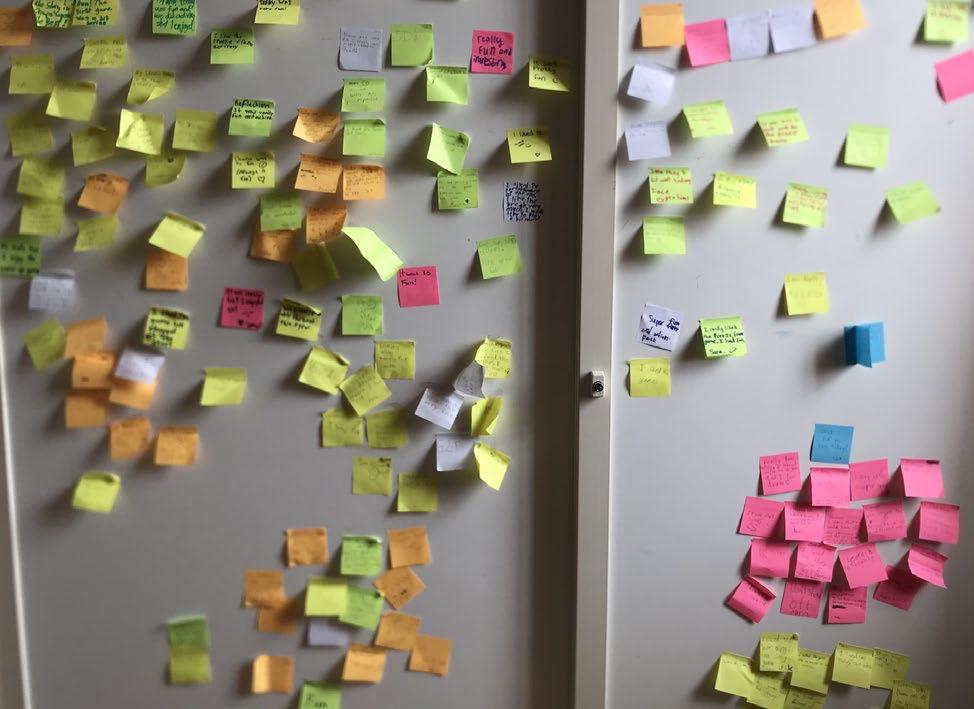
‘I find all of those ways really useful as the kids reflect about their work and the teacher can understand what they think about themselves and know them better.’

M. Pittaro (PK-5 Drama Teacher at VIS)
In middle school, this was also useful in getting feedback and has given students the opportunity to recognize what they need to improve on and how they can improve. A great moment this year was when Grade 6 was exploring Comedy. They all thought that this would be an easy unit, that we can all be funny. Through their reflections, the class ended up analysing what is funny and what isn't funny. The conclusion they came to at the end of the unit was that comedy is HARD!
Needless to say, as an ISTA member, I had to invest in the Dinos’ REFLECTION card pack. Though I must confess that I had not made enough use of them until as a team we really committed ourselves to develop these skills within our students. Now, using these cards in so many different ways has become an integral part of the thinking process at so many different moments of the courses we teach. The students are also quick to throw words out to get the group to think about the direction of the piece. I might even dare to say that the cards have become obsolete with the veterans of our classes which to me means that they have been highly effective - it is that moment when the student stops the class and poses a question for the rest to think about or when you ask the class if they would like to jot down their thoughts and it just happens… that stillness, that energetic silence. When you look around and feel that the group is truly connected with their work, it gives you great pleasure!
